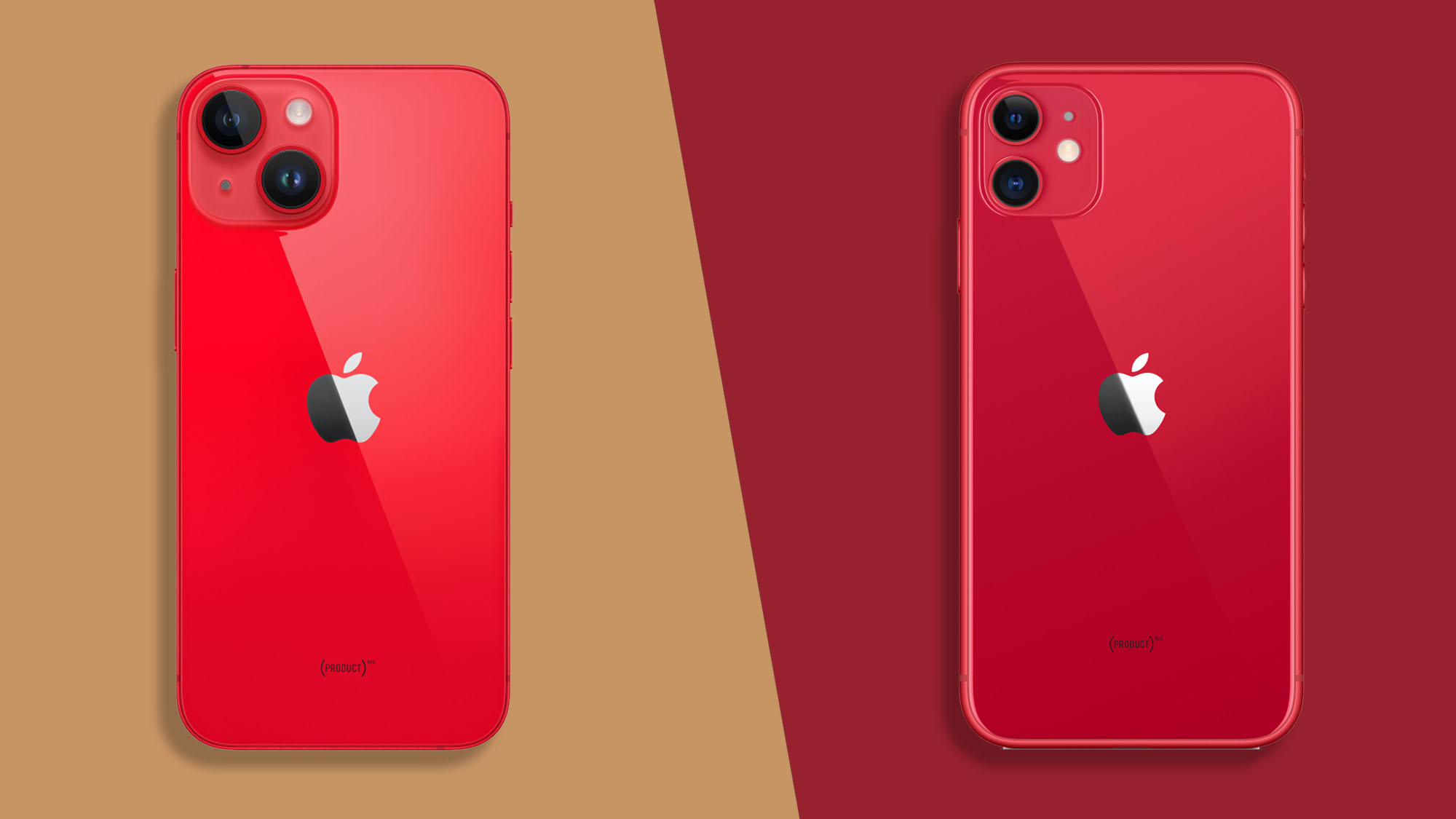
Apple has finally taken the wraps off the iPhone 14 – and an awful lot of iPhone 11 owners will be taking note.
Does the latest iPhone look like a worthwhile upgrade? We’re not quite ready with our full review yet, but we do have all the facts and figures to help you make a decision on that iPhone 14 pre-order.
Let’s break down how these two phones compare in the areas including price, design, performance, camera, and battery life.
iPhone 14 vs iPhone 11 price and availability
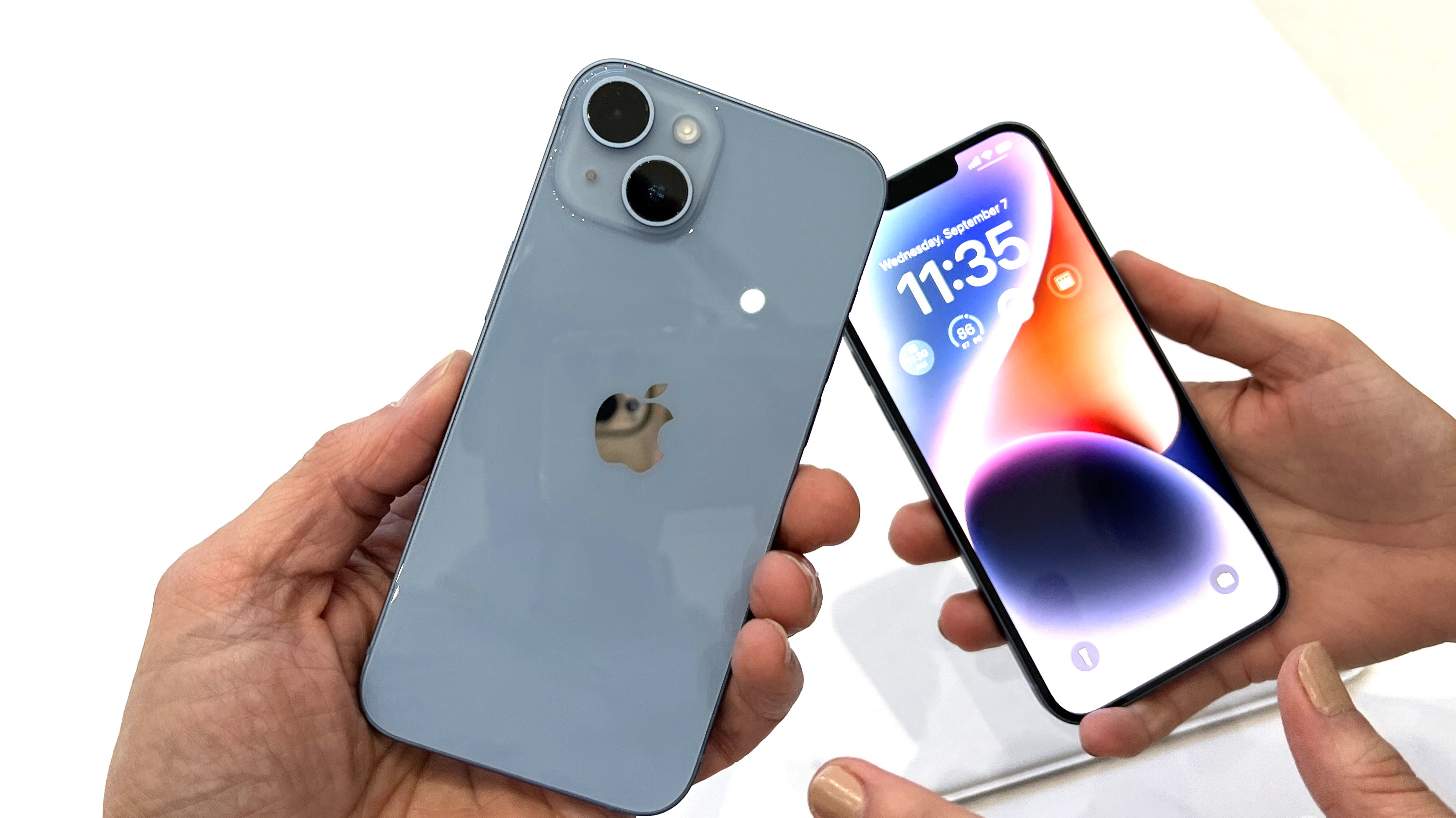
The iPhone 14 is set to land on September 16. Prices start from $799 / £849 / AU$1,399 for 128GB of storage, while 256GB will set you back $899 / £959 / AU$1,579. The top 512GB model will cost $1,099 / £1,179 / AU$1,899.
Those in the UK and Australia may notice that they're paying over the odds for the newest iPhone, compared to its US pricing – but Apple isn't the only company that's hiked prices in some key markets other than the States this year (looking at you Samsung Galaxy Z Fold 4 and Z Flip 4).
In the other corner, we have the iPhone 11, which arrived in shops three years prior, on September 20, 2019. Pricing at that time started at $499 / £489 / AU$849 for 64GB of internal storage, moving up to $549 / £539 / AU$929 for 128GB and $749 / £749 / AU$1,249 for 256GB.
This is as good an illustration as any of how prices for flagship phones have risen in recent years. Of course, Apple no longer offers the iPhone 11 as new, but you might still be able to source a brand-new unit from an established third-party retailer for significantly less than those launch prices.
Sign up for breaking news, reviews, opinion, top tech deals, and more.
In brief, then, the iPhone 11 is a much cheaper phone than the iPhone 14. So does the iPhone 14 justify the additional expenditure?
iPhone 14 vs iPhone 11 design
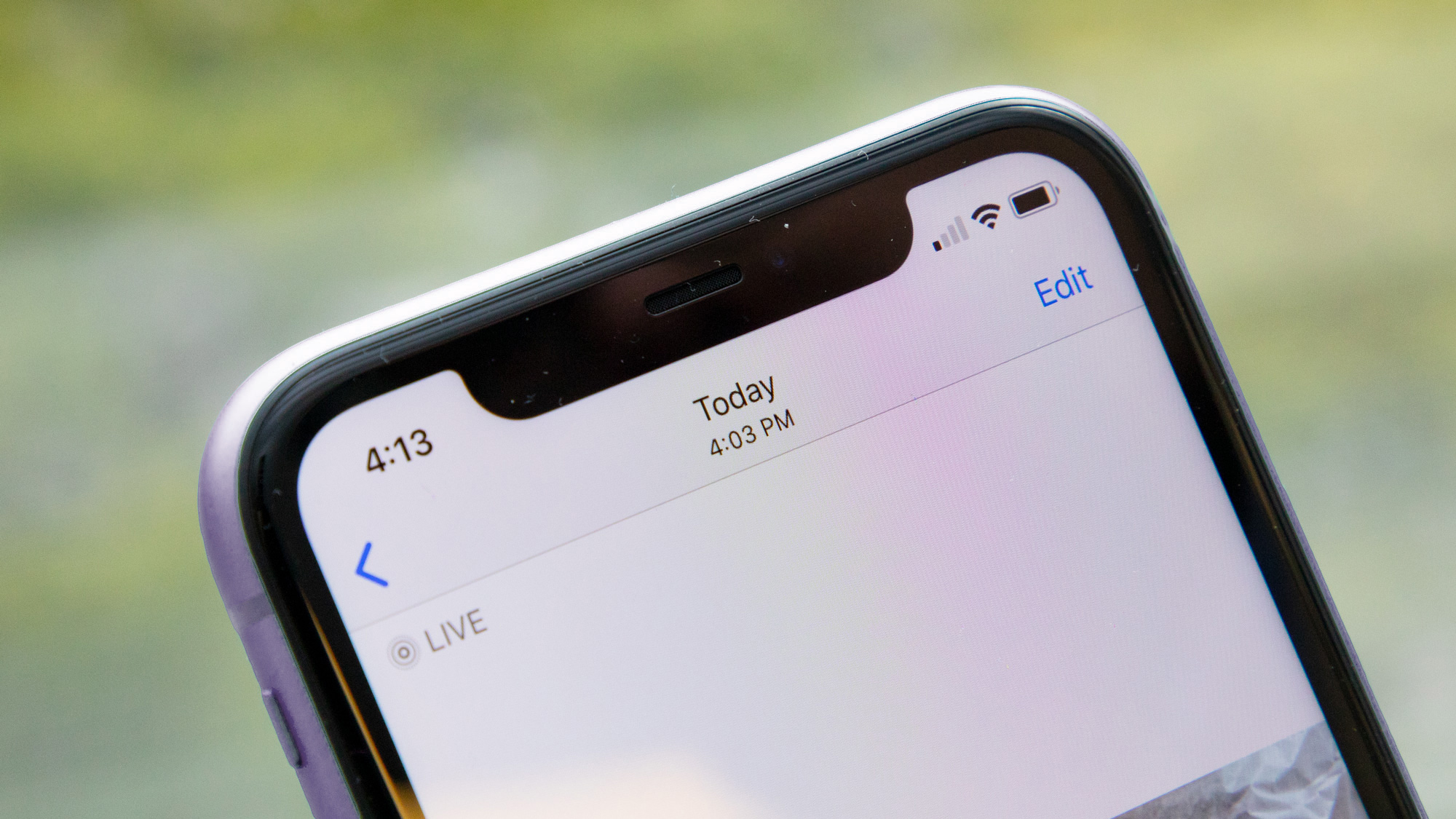
The iPhone 14 sticks to Apple’s recent design philosophy, which first appeared with the launch of the iPhone 12 two years ago. This makes the comparison with the iPhone 11 an interesting one.
While the iPhone 11 owes much to the iPhone 6 era, with curved edges and a display that melts away into the body, the iPhone 14 is all flat surfaces and right angles. This makes the iPhone 11 more comfortable in the hand, but less easy on the eyes.
The iPhone 11 is the bigger phone all-round at 150.9 x 75.7 x 8.3mm, while the iPhone 14 measures 146.7 x 71.5 x 7.8mm. The older model is heavier, too, at 194g next to the iPhone 14’s 172g.
Both phones are available in a light purple color option, which is an interesting parallel. Another is that both adopt the same distinctive Apple display notch – although the iPhone 14’s unit is significantly smaller, and its display is surrounded by a smaller bezel.
Other than these superficial differences, both phones come with aluminum frames, dual glass surfaces, and a distinctly premium feel, together with IP68 water- and dust-resistance ratings.
In terms of robustness, the iPhone 14 has the edge with its use of Apple’s Ceramic Shield display cover, which proves around four times tougher than the iPhone 11’s regular Gorilla Glass.
iPhone 14 vs iPhone 11 display
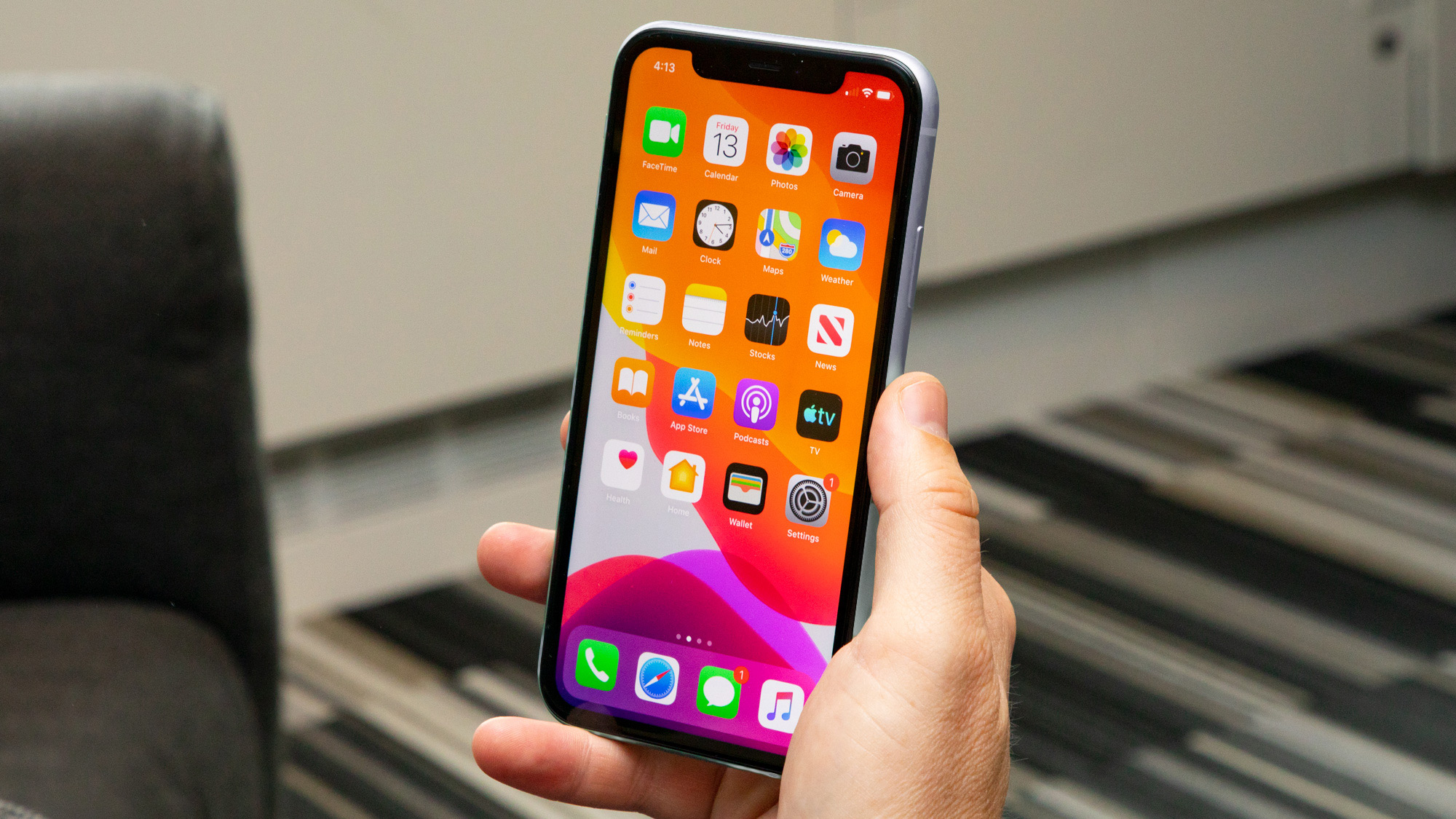
Both feature 6.1-inch displays, but the iPhone 14 wins out in a couple of key respects. For one, it’s an OLED panel, so it delivers far more vibrant colors and deeper blacks than the iPhone 11’s IPS LCD.
Even at the time of our iPhone 11 review, we were bemoaning Apple’s use of the older screen standard here. We also noticed its relative lack of sharpness.
The iPhone 14 screen is far sharper than that of the iPhone 11, with its 1170 x 2532 resolution comparing favorably to the iPhone 11’s 828 x 1792 equivalent. It gets brighter, too.
Both displays refresh at the same 60Hz rate, but that’s a rare moment of cross-over. The iPhone 14 screen is flat-out better than its dimmer, duller older sibling.
iPhone 14 vs iPhone 11 camera

While both handsets offer dual 12-megapixel camera systems, the iPhone 14 is in another league entirely. Apple has taken what appears to be the iPhone 13 Pro’s main camera sensor and squeezed it into the iPhone 14.
Its main sensor is significantly bigger, leveraging much larger 1.9µm pixels (as opposed to 1.4µm in the iPhone 11). It also benefits from a wider f/1.5 aperture (vs f/1.8 in the iPhone 11).
The result of this is an iPhone 14 camera that can capture sharper photos and take in way more light than its older sibling, improving low light performance. This is especially true when you factor in the iPhone 14’s advanced sensor shift stabilization system (the iPhone 11 only has bog-standard OIS) and the iPhone 14’s superior image processing. The latter now includes Apple’s new Photonic Engine, which applies Deep Fusion earlier in the process, for a further 2x boost to low-light performance across all cameras.
Another major advance from the iPhone 14 is its superior front camera. Yes, both selfie cams are 12-megapixel units, but the iPhone 14 packs a wider f/1.9 aperture (the iPhone 11 is only f/2.2), and the newer phone also comes with autofocus. The result: superior low-light focus and group shots.
iPhone 14 vs iPhone 11 specs and performance
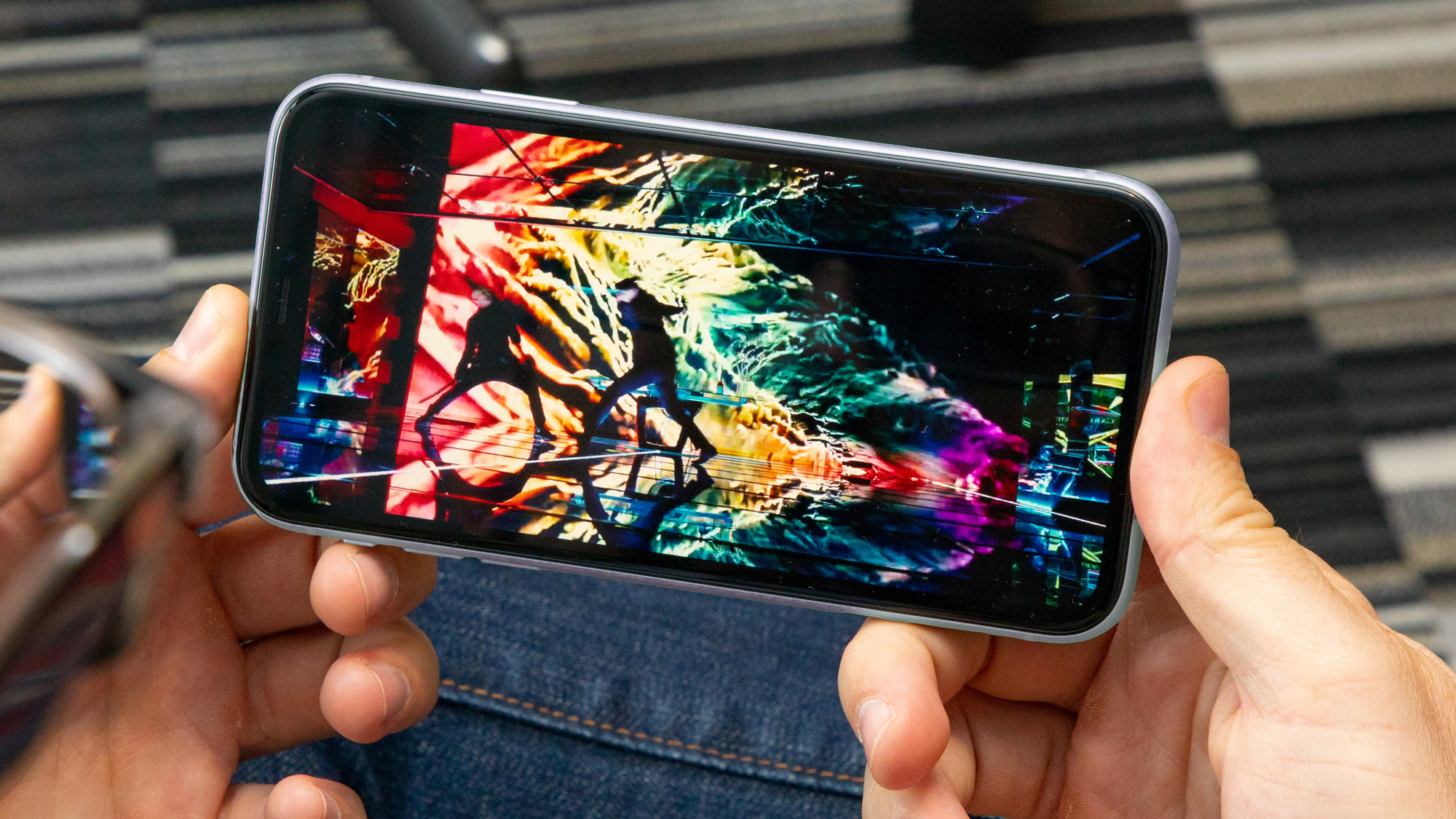
The difference between these two phones in performance terms is night and day. While Apple may not have fitted the iPhone 14 with its very latest mobile chip, it still runs on the top A15 Bionic chip of last year’s iPhone 13 Pro.
This puts it two generations ahead of the iPhone 11 and its A13 Bionic unit. The chip in the newer device is built to a smaller 5nm standard (vs 7nm), and is generally faster and more efficient.
The difference in processing power is evident in our Geekbench 5 multi-core benchmark tests, with the iPhone 13 Pro scoring 4688 over the iPhone 11’s 3186.
According to spec leaks (Apple doesn't publish how much memory its phones feature), the iPhone 14 also delivers 50% more RAM than its older sibling. So we’re looking at 6GB rather than the iPhone 11’s 4GB.
The newer phone also comes with superior storage options, starting at 128GB and moving up to 256GB and 512GB. The iPhone 11’s offering starts at just 64GB, then scales up to 128GB and 256GB.
In short, the iPhone 14 will perform better than the iPhone 11 in every way.
iPhone 14 vs iPhone 11 battery

Apple isn’t one for publishing the capacities of its battery, but we’ve heard a rumor that the iPhone 14 arrives with a 3,279mAh cell. It’s an established fact that the iPhone 11 supplies a 3,110mAh cell.
There isn’t all that much in it when it comes to battery capacity, then. While the iPhone 14 has a slightly more capacious set of cells, it also runs a sharper (and thus more demanding) display. On the other hand, the newer phone is powered by a more efficient processor.
In our testing, the iPhone 11 easily lasted a day off a single charge. It remains to be seen if the iPhone 14 can perform as well; but based on our experience with similar hardware in the iPhone 13, it will exceed its predecessor.
Our reviewer noted that the iPhone 13’s battery life was “significantly improved compared to the iPhone 12 and what has gone before it”, which would of course include the iPhone 11. The iPhone 14 has a similar processor and a fractionally bigger battery, so we’d expect the same.
Takeaway
The iPhone 14 isn’t looking like the most exciting smartphone upgrade from Apple, but that’s compared to the iPhone 13. Compare it to the much older iPhone 11, and the iPhone 14 presents a massive leap forward.
Its display is sharper and more vibrant, its camera is way more advanced, and performance is an order of magnitude better. The design differences, meanwhile, will of course come down to personal preference; but there’s no doubt that the iPhone 14 is the better put-together piece of kit.
The only lingering issue is price. If you can find a brand-new iPhone 11 from a third-party retailer, then it will be hundreds of dollars or pounds cheaper – which may be desirable to those who live outside of the US and have suffered from Apple’s selective price bump.

Jon is a freelance journalist who has been covering tech since the dawn of the smartphone era. Besides TechRadar, his words and pictures have appeared in The Telegraph, ShortList, Tech Advisor, Trusted Reviews, Expert Reviews, and more. He largely covers consumer technology, with a particular focus on smartphones and tablets. However, he's also been known to dabble in the worlds of entertainment and video games.